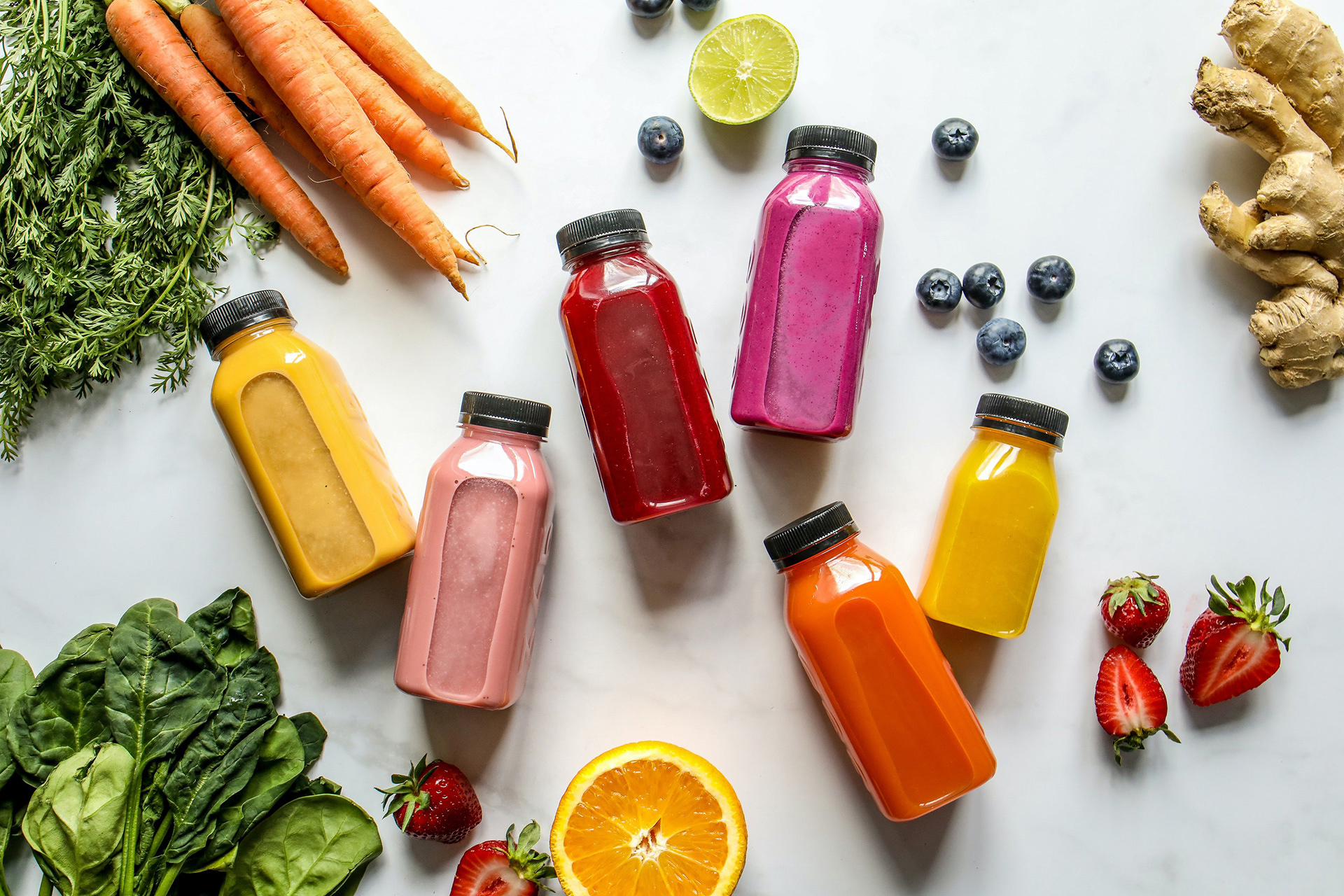5 Ways To Get The Most Health Benefits From Your Smoothies

PREMIUM CONTENT for MEMBERS ONLY
By Fiona Riddle
Fresh fruit and vegetables have been shown time and time again to be a healthy part of a balanced diet, and consumption of which may minimize risk of developing metabolic, cognitive and cardiovascular diseases. Fruits and vegetables are full of beneficial nutrients, vitamins, minerals, enzymes and fiber that offer a host of benefits.
In contrast to the practice of juicing which was a popular way for “cleansing” the body, making fresh smoothies is a great way to take advantage of these benefits by adding multiple servings of fruits and vegetables in just one meal. Crafting smoothies mindfully by making sure they are balanced, and nutrient dense ensures that you get the most out of them.
Here is how you can get the most health benefits from your smoothies:
Incorporate Protein
Many popular smoothies contain only fruit and a liquid base, which does not provide the body with adequate protein. If you are making a smoothie for a meal, it is important to incorporate protein as it makes up the building blocks for our muscles, bones, organs, skin and hormones. In addition, increased protein ingestion, will slow the emptying from the stomach into the small intestine, and can also help you to feel more satiated throughout the day. Try adding a high quality protein powder that fits your dietary needs. Whether you are an omnivore, vegetarian or vegan, there are many options on the market such hemp and pea protein and other plant based blends as well as grass-fed beef isolate, and whey protein.
Pay Attention To Sugar
Overconsumption of sugar (both hidden and added sugar) is one of the hallmarks of the Standard American Diet (SAD) and has been linked with metabolic alterations which are considered major risk factors underlying many chronic diseases. For this reason, it may be wise to choose unsweetened protein powders and milks. It is worth remembering that the glycemic index of many sweet fruits is lower than if the same amount of sugar were consumed without the fruit. The fiber contained in most fruits slows gastric emptying and absorption, reducing the glucose and insulin spikes after consumption. In individuals who are metabolically fit, sugars from fruits such as bananas, mangos and berries should not have a major impact on blood sugar levels.
Mix In “Superfoods”
Smoothies are a great opportunity to add in extra “superfoods” depending on your individual needs and preferences. Adding chia seeds or flaxseeds provide the body with extra fiber and omega-3 fatty acids, while powders such as maca and cacao provide extra amounts of polyphenols. Leafy greens like spinach, kale and Swiss chard are rich in vitamins, minerals, and antioxidants and can be incorporated fresh or frozen. Adding in these extras is also a great way to ensure pickier eaters get adequate nutrients as the supplemental ingredients often go undetected.
Get Creative
One of the benefits of smoothies is the numerous possibilities for different flavor combinations and varieties. Frozen veggies such as zucchini and cauliflower rice can be used in place of ice to provide a creamy consistency while also adding extra nutrients and fiber. Spices such as cinnamon and ginger can help regulate blood sugar levels and aid digestion respectively while also adding a unique flavor profile. Based on your preferences, try new combinations that incorporate fruits, veggies, fiber and healthy fats.
Add Some Crunch
Chewing is an early step in the process of digestion, which kicks in after the sight and smell of a food item already communicated to the brain, to signal the pancreas to ramp up the secretion of digestive enzymes as well as the stomach to produce hydrochloric acid. In the case of most smoothies, however, there is no need to chew and we end up ingesting a large volume of food in a short amount of time. Adding granola, cacao nibs, nuts or seeds on top of your smoothie will slow the emptying of the stomach and improve the body’s digestive capabilities. Chewing can also promote feelings of fullness and satiety.
 Fiona Riddle is a Certified Health Coach with a degree in Psychology from UCLA. She is passionate about a holistic approach to health when working with her private coaching clients. She is an avid cook, constantly creating and sharing new recipes on her Instagram (@feelgoodwithfi) to showcase simple clean home cooking. She has helped clients take their health into their own hands and successfully boost their energy and confidence through sustainable lifestyle changes. www.feelgoodwithfi.com
Fiona Riddle is a Certified Health Coach with a degree in Psychology from UCLA. She is passionate about a holistic approach to health when working with her private coaching clients. She is an avid cook, constantly creating and sharing new recipes on her Instagram (@feelgoodwithfi) to showcase simple clean home cooking. She has helped clients take their health into their own hands and successfully boost their energy and confidence through sustainable lifestyle changes. www.feelgoodwithfi.com